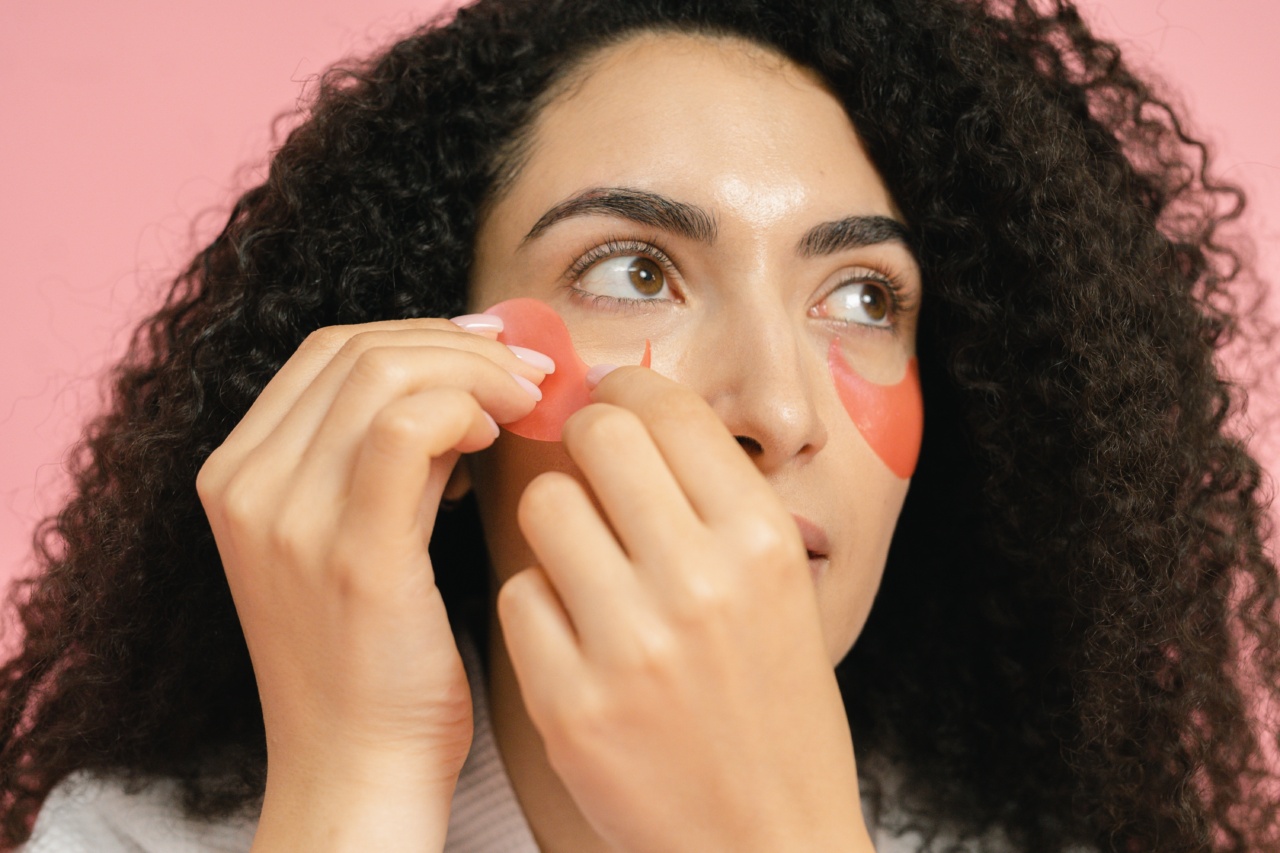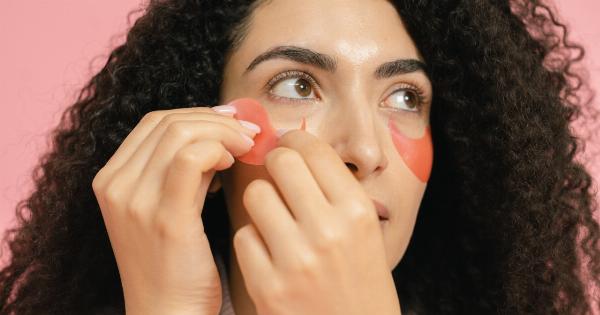As a parent, it can be concerning when your child’s eye appears red or pink. Eye redness can be caused by various reasons, ranging from minor irritations to more serious infections.
In this comprehensive guide, we will discuss the common causes, symptoms, treatments, and preventive measures for red or pink eye.
Causes of Red or Pink Eye in Children
There are several possible causes of red or pink eye in children. Some of the most common causes include:.
1. Conjunctivitis
Conjunctivitis, also known as pink eye, is a highly contagious condition that causes the white part of the eye to appear pink or red. It can be caused by a viral or bacterial infection, and sometimes by an allergic reaction.
Conjunctivitis is often accompanied by itching, watering, and a discharge that can make the eyelids stick together.
2. Allergies
Allergies can cause redness and itchiness in the eyes. Children may develop an allergic reaction when exposed to certain substances, such as pollen, dust mites, pet dander, or certain foods.
Allergic conjunctivitis can be seasonal or perennial, depending on the specific allergen.
3. Blocked Tear Duct
A blocked tear duct can cause redness and discharge in infants and young children. The tear duct may not be fully developed or may become blocked due to an infection or inflammation.
This condition often resolves on its own or with simple home treatments, but medical intervention may be needed in some cases.
4. Foreign Body
If a foreign object, such as dirt, sand, or an eyelash, gets into the eye, it can cause redness, tearing, and discomfort. It is important to gently remove the foreign body using clean hands or seek medical attention if it cannot be easily removed.
5. Corneal Abrasion
A corneal abrasion refers to a scratch on the cornea—the clear, protective outer layer of the eye. A small foreign object or trauma to the eye can cause this condition, resulting in redness, pain, and sensitivity to light.
Medical attention should be sought to prevent further complications.
Symptoms of Red or Pink Eye
Although the exact symptoms may vary depending on the underlying cause, common symptoms of red or pink eye in children include:.
1. Redness
Redness of the white part of the eye, also known as the sclera, is a key indicator of red or pink eye. The intensity of redness may vary depending on the cause and severity of the condition.
2. Irritation and Itching
Children with red or pink eye often experience irritation and itching in the affected eye(s). This may lead to rubbing or scratching of the eyes, which can further aggravate the condition.
3. Discharge
Depending on the cause, red or pink eye may be accompanied by a discharge. The discharge may be clear, watery, thick, or pus-like, and can cause the eyelids to stick together, particularly after sleep.
4. Tearing
Excessive tearing, also known as epiphora, is a common symptom of red or pink eye. This occurs as the eye tries to flush out irritants or fight against infections.
5. Sensitivity to Light
Children with red or pink eye may experience sensitivity to light, known as photophobia. Bright lights can worsen eye discomfort and cause further irritation.
Treatments for Red or Pink Eye
The treatment for red or pink eye depends on the underlying cause. Here are some common treatments:.
1. Home Care
For mild cases of conjunctivitis or redness due to irritants, home care remedies can help relieve the symptoms.
Applying warm compresses to the eyes, gently cleaning the eyelids with a clean cloth, and using over-the-counter artificial tears can provide relief.
2. Medications
If the red or pink eye is caused by a bacterial infection, the doctor may prescribe antibiotic eye drops or ointments. These medications help eliminate the bacteria and reduce inflammation.
Viral conjunctivitis does not respond to antibiotics and typically resolves on its own within a week or two.
3. Allergy Management
If allergies are the cause of red or pink eye, it is important to identify and avoid the allergen as much as possible. Over-the-counter antihistamine eye drops or oral medications may be recommended to alleviate the symptoms.
4. Medical Procedures
In some cases, medical procedures may be necessary to treat red or pink eye. For example, a doctor may need to remove a foreign body from the eye or perform a simple procedure to open a blocked tear duct.
Preventing Red or Pink Eye
While some causes of red or pink eye cannot be entirely prevented, there are measures you can take to reduce the risk of your child developing these conditions:.
1. Hand Hygiene
Encourage your child to practice good hand hygiene by washing their hands frequently, especially before touching their face or eyes. This helps prevent the spread of germs that can cause infections.
2. Avoid Sharing Personal Items
Teach your child about the importance of not sharing personal items, such as towels, washcloths, or eye makeup, with others. Sharing these items can contribute to the transmission of infections.
3. Allergen Avoidance
If your child has known allergies, take steps to minimize their exposure to allergens. Keep windows closed during high pollen seasons, use air purifiers at home, and regularly clean bedding to reduce the accumulation of dust mites.
4. Regular Eye Examinations
Regular eye examinations by an eye care professional can help detect and address any underlying conditions early on. This is particularly important if your child experiences frequent episodes of red or pink eye.
Conclusion
While red or pink eye in children can be concerning, it is important to remember that most cases are easily treatable and resolve without any long-term effects.
By understanding the causes, symptoms, and treatments discussed in this guide, you can provide necessary care and seek medical attention when appropriate, ensuring the overall eye health and well-being of your child.




























